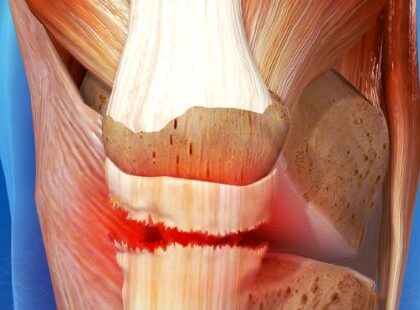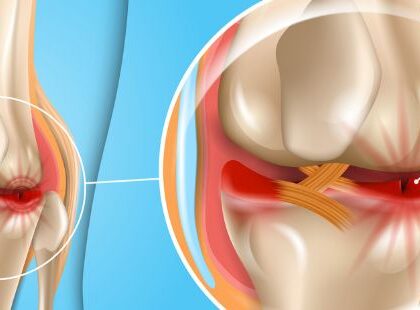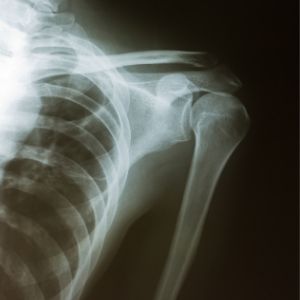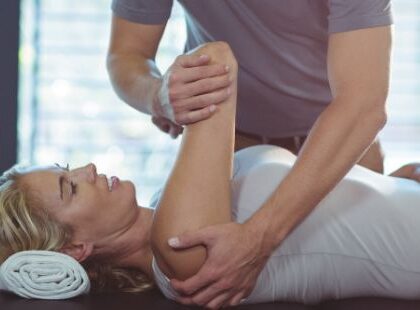
Hamstring strains are a common injury amongst a vast range of athletes, particularly the sports that involve a higher degree of speed and agility. Football players, fast bowlers in cricket, dancers and sprinters are all in a category of increased risk when it comes to developing or suffering from a hamstring strain.
The Hamstrings
Are made up of three separate muscles; the Biceps Femoris, Semitendinosus and the Semimembranosus.
They share a common origin and work as a group. They are also primarily responsible for flexion of the knee, as well as extension at the hip, but also assist in the small amount of rotation that is present in our knees.
Why do Hamstring Strains occur?
The hamstring muscles go through a massive workload during our gait cycle, creating movement at both the hip and the knee. For this reason, it is not surprising that they are so commonly injured. As we contract our hamstring, we place an increased load through this muscle. When the tension becomes too much, either due to repetition or excessive force, the hamstring muscles are subject to tearing.
It is this degree of tearing, that we know as a hamstring strain. Risk Factors for hamstring tears include:
- Poor flexibility will generally restrict the range of motion through the hips and knees. This suggests that the hamstring will not be able to withstand the amount of force associated with certain sports.
- Muscle imbalance is a topic that is still up for debate, however certain literature suggests that by having more developed quadriceps muscles in comparison to the hamstrings, the risk of injuring the hamstring become significantly higher.
- Participation in sports that require sprinting or running, or activities such as dancing or gymnastics that involve end range stretching, make an injury to the hamstrings more likely.
- Prior hamstring injury is a major concern, with the literature suggesting that between 20-35% of hamstring strains will reoccur within 12 months of the initial injury.
Grade of Hamstring Strain Injury
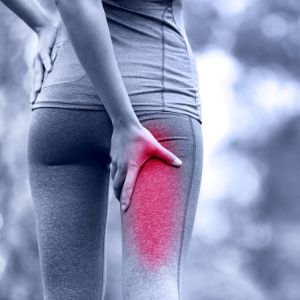
The degree of tearing is what allows us to categorise these into grade 1, 2 or 3 depending on the severity of the rear.
Grade 1 – over stretching of the muscle without tearing of the fibres in the muscle or the tendon with only mild pain.
Grade 2 – Partial tear in the muscle accompanied by moderate to severe pain.
Grade 3 – severe tear or complete rupture of the muscle accompanied by a severe amount of pain:
How can you avoid a Strain?
- Dynamic stretching before exercise, increase this time in winter or colder climates to ensure proper warm up
- Work through an adequate strength program – dead lifts, bridges and plyometrics as well as speed drills so the hamstrings are able to sustain the forces accompanied by fast acceleration.
- Gradually increasing the intensity and length of your training.
- Stop exercise if you feel tightness or pain in the hamstrings, try to work through a gentle stretch and see if the situation improves.
- Self myo release is best achieved with a foam roller as a warm up to release the superfical fibers of tension and then followed through with a ball to get into deeper tension found in between the muscle bellies.
How Can Paramount Help with you Hamstring Strain?

Treatment for a hamstring strain will vary case by case, depending on the severity or the grade of the injury.
Grade 2 and 3 strains will need time to allow for the tear to heal and repair itself. Whereas grade 1 strains can generally be worked on straight away to get the muscle back to performance. The treatment will involve:
- Management of swelling and inflammation around the strain.
- Gentle stretching and muscular release to return the muscle back to its normal range of motion, and to promote an ideal pattern of new muscular fibres being laid down over the site of injury.
- Attention will be given to the surrounding joints that can become stiff or painful due to altered walking patterns or a limp.
Once the strength and range of motion has returned to the hamstring, our focus will turn to undertaking a rehab program to improve the function and conditioning of the muscle. This will help prevent further injury and will allow the hamstring to withstand the forces associated with your particular sport into the future.
If you are ready to schedule your appointment with our team of Sports Drummoyne Chiropractors and get past this injury once and for all, then follow the link to schedule your first appointment.






